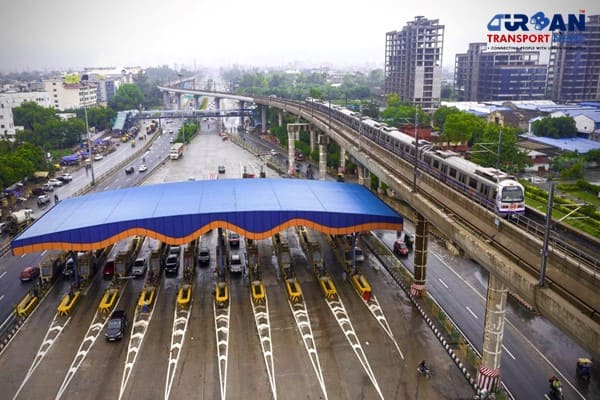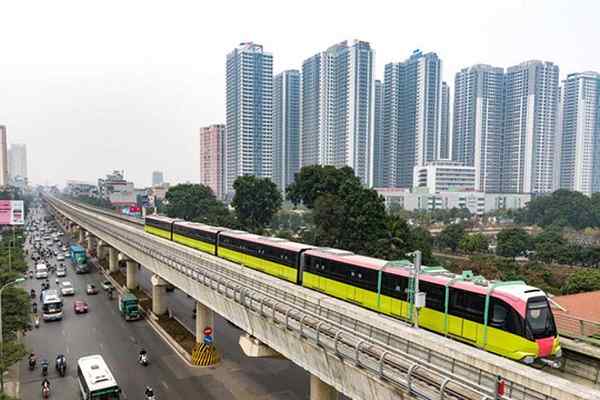 Vietnam plans new metro rail lines to replace its BRT systems in Hanoi
Vietnam plans new metro rail lines to replace its BRT systems in Hanoi 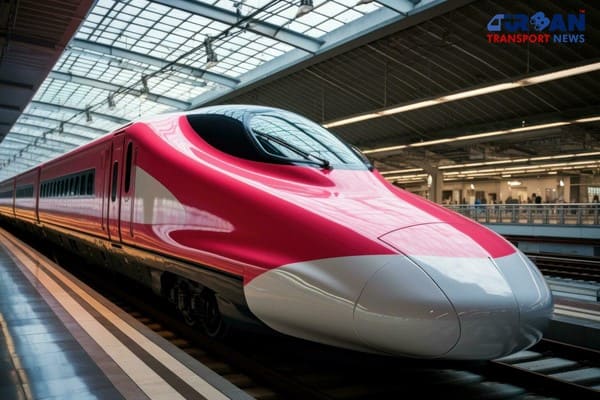 Revolutionizing Indian Railways: The Rise of Indigenous High Speed Bullet Trains
Revolutionizing Indian Railways: The Rise of Indigenous High Speed Bullet Trains Ayodhya deployed Gobbler Litter Buster to keep the City clean
Ayodhya deployed Gobbler Litter Buster to keep the City clean BMW's Emissions Investigation: What Does It Mean for Drivers?
BMW's Emissions Investigation: What Does It Mean for Drivers?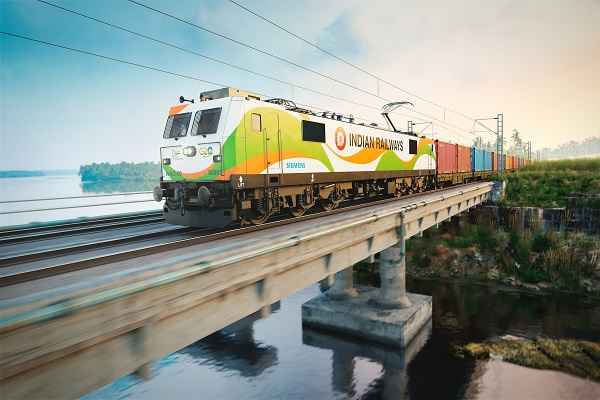 171 Years of Indian Railways: A History of Innovation and Progress
171 Years of Indian Railways: A History of Innovation and Progress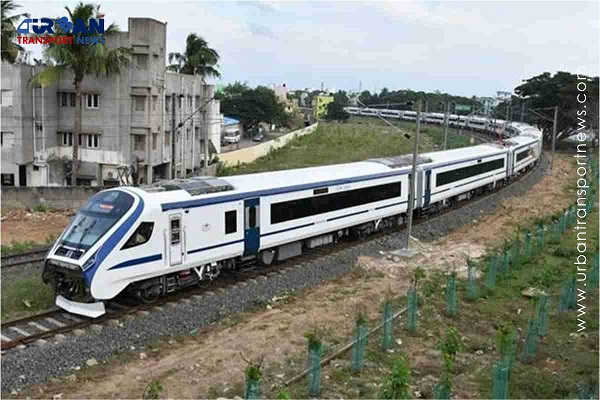 Vande Bharat Express trains carries over two crore passengers since their inception
Vande Bharat Express trains carries over two crore passengers since their inception BPCL partners with Noida International Airport to construct ATF Pipeline
BPCL partners with Noida International Airport to construct ATF Pipeline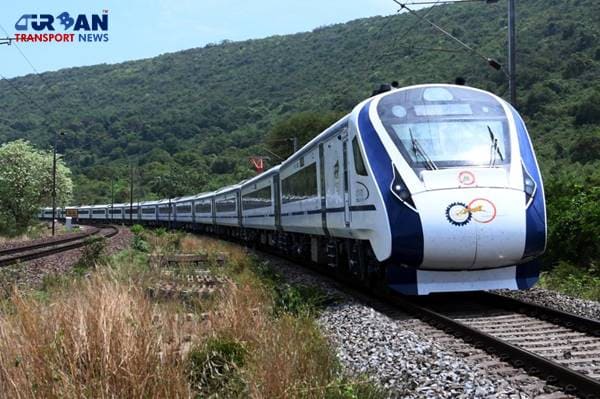 What are the Railway Development Plans in BJP's Manifesto for 2024-2029?
What are the Railway Development Plans in BJP's Manifesto for 2024-2029? Latest innovations shaping the urban mobility sector across the globe
Latest innovations shaping the urban mobility sector across the globe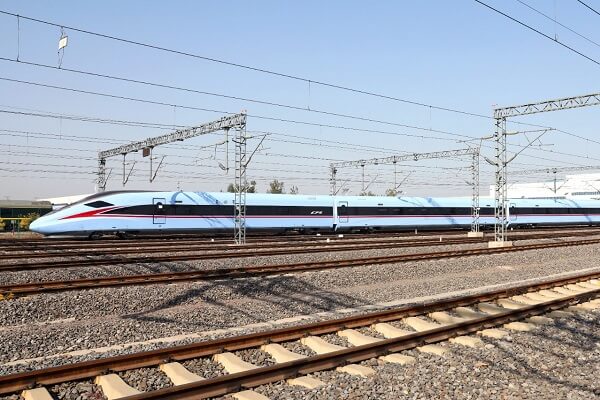 California issues RfP for procurement of High Speed Bullet Trains
California issues RfP for procurement of High Speed Bullet Trains
How city administrators can control accidents and fatalities on urban roads?
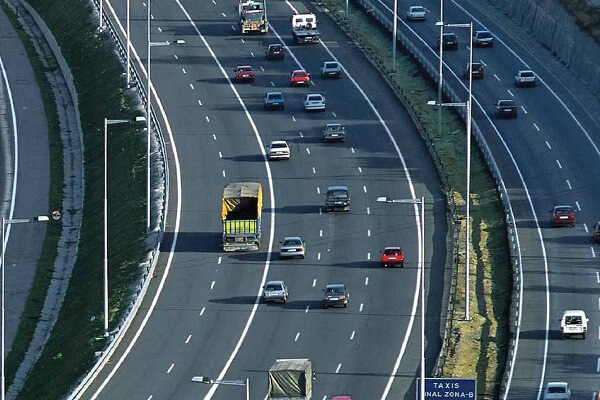
According to recent data shared by Ministry of Road Transport & Highways (MoRTH), Govt. of India, "Every year, approximately 1.5 lakh people dies on India roads, which translate, on an average, into 1130 accidents and 422 deaths every day or 47 accidents and 18 deaths every hour."
There are several major reasons for accidents on urban roads. Here are some common factors that contribute to accidents in urban areas:
1. Distracted Driving: Distracted driving, such as using mobile phones, eating, adjusting the radio, or engaging in other activities that divert attention from the road, is a significant cause of accidents. In urban environments with heavy traffic and numerous distractions, drivers may fail to pay adequate attention to their surroundings, leading to collisions.
2. Speeding: Driving at excessive speeds is a leading cause of accidents in urban areas. Higher speeds reduce the driver's ability to react to unexpected situations and increase the severity of collisions. Urban roads often have lower speed limits due to the presence of pedestrians, cyclists, and intersections, and disregarding these limits significantly increases the risk of accidents.
3. Aggressive Driving: Aggressive behaviors like tailgating, improper lane changes, running red lights, and disregarding traffic rules contribute to accidents in urban areas. Aggressive drivers may engage in risky maneuvers, leading to collisions with other vehicles, pedestrians, or cyclists.
4. Impaired Driving: Driving under the influence of alcohol, drugs, or certain medications impairs a driver's judgment, coordination, and reaction time. Impaired drivers are more likely to cause accidents, particularly in urban areas with higher pedestrian and cyclist activity.
5. Failure to Yield: Accidents often occur when drivers fail to yield the right-of-way at intersections, crosswalks, or when making turns. Neglecting to give priority to pedestrians, cyclists, or other vehicles can lead to collisions.
6. Lack of Pedestrian and Cyclist Safety: Insufficient infrastructure and inadequate provisions for pedestrian and cyclist safety can contribute to accidents. Poorly designed or maintained sidewalks, inadequate crosswalks, and the absence of cycling lanes can increase the risk of accidents involving vulnerable road users.
7. Weather Conditions: Adverse weather conditions, such as rain, snow, fog, or ice, can reduce visibility and make road surfaces slippery. These conditions require drivers to adjust their driving behavior, but failure to do so can result in accidents.
8. Poor Road Design and Maintenance: Deficient road design, inadequate signage, lack of proper lighting, potholes, or other road hazards can contribute to accidents. Roads in disrepair or lacking appropriate safety features can increase the likelihood of collisions.
9. Fatigue: Driver fatigue can impair alertness and reaction time, increasing the risk of accidents. In urban areas with heavy traffic and congestion, drivers may experience fatigue due to prolonged periods behind the wheel.
10. Inexperience: Inexperienced drivers, such as new or young drivers, may have less developed driving skills and decision-making abilities, making them more susceptible to accidents, especially in complex urban driving environments.
It's important to note that these factors often interact with one another, and multiple factors can contribute to a single accident. Enhancing road safety requires addressing these factors through a combination of education, enforcement, infrastructure improvements, and promoting responsible driving behaviors.
The city administartors can employ various measures to control accidents on urban roads and improve road safety. Here are some effective strategies:-
1. Infrastructure Design and Maintenance: Designing urban road infrastructure with safety in mind is crucial. Implementing measures such as well-marked lanes, clear signage, pedestrian crossings, and proper lighting can enhance visibility and reduce the risk of accidents. Regular maintenance of roads, including pothole repairs and addressing hazardous conditions, is essential to prevent accidents caused by deteriorating infrastructure.
2. Traffic Calming Measures: Implementing traffic calming measures can help control speeds and improve safety. These include speed bumps, traffic circles, raised pedestrian crossings, and narrowing roadways through the use of street furniture or planters. Such measures encourage drivers to slow down, increasing pedestrian and cyclist safety.
3. Pedestrian and Cyclist Infrastructure: Creating dedicated infrastructure for pedestrians and cyclists, such as sidewalks, crosswalks, and cycling lanes, is vital for their safety. Separating these vulnerable road users from vehicular traffic reduces the risk of accidents and improves their mobility and comfort.
4. Traffic Enforcement: Strict traffic enforcement by police authorities, including monitoring speeding, reckless driving, and traffic rule violations, can deter dangerous behaviors and improve compliance. Visible presence and the use of speed cameras and red-light cameras can contribute to better road safety.
5. Public Awareness and Education: Launching public awareness campaigns to educate residents about safe driving practices, pedestrian safety, and the importance of following traffic rules is crucial. Promoting responsible behavior and highlighting the consequences of reckless driving can foster a culture of road safety.
6. Intelligent Transportation Systems (ITS): Utilizing technology and ITS solutions can enhance road safety. Examples include traffic monitoring systems, dynamic message signs, and adaptive traffic signal control, which optimize traffic flow and reduce the likelihood of accidents.
7. Data Analysis and Accident Hotspot Identification: Analyzing data on accidents and identifying accident-prone locations or hotspots can help cities target their safety interventions more effectively. By understanding the specific areas and factors contributing to accidents, appropriate measures can be implemented to address the root causes.
8. Collaboration and Partnerships: Collaborating with relevant stakeholders, including transportation agencies, law enforcement, community organizations, and road safety advocacy groups, can lead to comprehensive and coordinated efforts to improve road safety. Sharing expertise, resources, and best practices can make a significant impact.
9. Urban Planning and Land Use: Integrating road safety considerations into urban planning and land use decisions is vital. Designing compact, mixed-use neighborhoods that prioritize pedestrian and cyclist safety, limit vehicle speeds, and reduce the need for long-distance travel can contribute to safer urban roads.
10. Data-driven Decision Making: Collecting and analyzing data on road safety, including accident statistics, near-miss reports, and traffic volumes, helps inform evidence-based decision making. Data can identify patterns, trends, and areas of concern, allowing cities to allocate resources effectively and target interventions where they are most needed.
By implementing a combination of these strategies, cities can take significant steps towards controlling accidents on urban roads and improving overall road safety for all road users.





